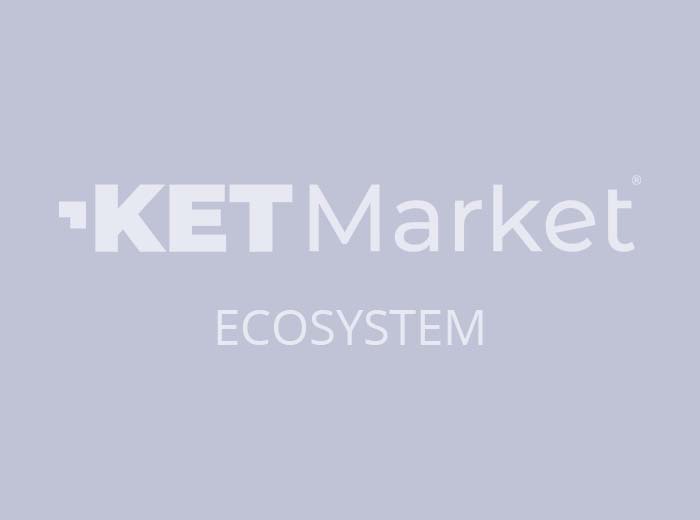The “CIGS White Paper 2019” provides a comprehensive overview of the Copper Indium Gallium Selenide (CIGS) thin-film photovoltaic (PV) technology, outlining its unique features, applications, manufacturing advancements, and environmental impact. Here’s a summary of the key points in approximately 500 words:
Introduction and Global PV Industry Trends:
- In 2019, solar electricity generation on rooftops became more cost-effective than purchasing from utilities for many homes and businesses.
- Bloomberg NEF’s 2018 forecast predicted that by 2050, wind and solar PV would account for 50% of global electricity generating capacity.
- The paper emphasizes the need for efficient, environmentally friendly, and versatile PV technologies like CIGS to meet the growing demand in various applications.
Unique Features of CIGS:
- CIGS exhibits high conversion efficiencies both in labs and production, combined with long-term stability.
- Its production costs are competitive, with potential for further cost reduction, especially in large-scale manufacturing.
- Environmentally, CIGS has a low CO2 footprint and is highly recyclable.
- Aesthetically, CIGS modules are superior, offering options like monolithic, all-black, colored, or patterned modules.
Applications:
- CIGS is a stable and high-performance PV material, suitable for utility-scale and rooftop applications.
- It performs exceptionally in diffuse light conditions and high temperatures, with minimal degradation compared to silicon technologies.
- Its aesthetic appeal, flexibility, and lightweight characteristics make it ideal for integration into buildings, vehicles, and consumer electronics.
- CIGS’ adaptability to various forms (e.g., semi-transparent, custom-shaped) makes it suitable for building-integrated and applied photovoltaics.
Technological Advancements:
- The CIGS semiconductor composition has remained stable since 1986, indicating both its reliability and potential for future improvements in efficiency and production cost.
- As of 2018, CIGS cell efficiencies surpassed other thin film PV technologies, achieving up to 23.35% on the cell level and 17.5% on the module level.
- There’s ongoing research into CIGS applications in ultra-high efficiency tandem cells and perovskite/CIGS tandem cells.
Manufacturing Landscape:
- CIGS has seen significant growth as a thin film PV technology, driven by its cost competitiveness and suitability for various applications.
- Major global investments in CIGS manufacturing, particularly in China, indicate a move towards large-scale production.
- European production equipment suppliers are key players in developing advanced CIGS production processes, contributing to reduced costs and increased efficiency.
Environmental Impact:
- CIGS thin film PV has a significantly lower carbon footprint compared to crystalline silicon (c-Si) PV.
- It exhibits a shorter energy payback time and is highly efficient in material usage.
- Recycling and end-of-life management for CIGS modules are low impact and high value, aligning with emerging regulatory frameworks.
Efficiency and Innovation:
- Continuous innovation in material and device design is crucial for the advancement of CIGS technology.
- The paper highlights the importance of not locking out certain material pathways, but rather empowering researchers to develop efficient solutions.
Conclusion:
- The future energy system will heavily rely on efficient and versatile PV technologies like CIGS.
- CIGS technology is well-positioned to meet the needs of a carbon-constrained global economy, with its suitability for traditional and innovative applications, scalability, and environmental benefits.
- The paper underlines the growing momentum behind CIGS technology and its potential for future growth and investment opportunities.
Overall, the white paper presents a strong case for CIGS technology as a leading solution in the renewable energy sector, emphasizing its efficiency, versatility, cost-effectiveness, and environmental friendliness.

